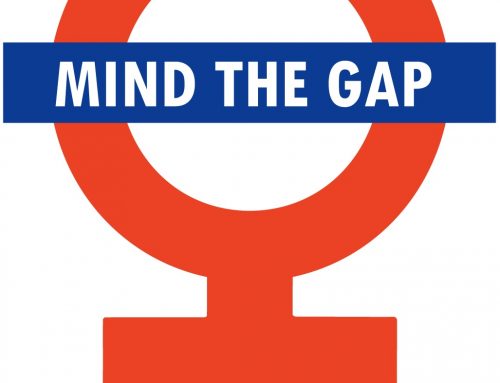
- From hygge to happiness indexes to crime fiction, Nordic culture has gained popularity in recent years. There has been ample evidence that gender equality is another Nordic export worthy of further investigation.
The OECD recently published a report showing that Nordic countries have added 20% to economic growth per capita during the 50 year span they have actively worked to bring women into the workforce. Female employment rates in this region ranges from 68-83%, compared to the general OECD average of 59%.
This is not an accidental shift brought on by an organic movement of enlightened businesses. The governments of these countries have made a concerted effort through what they call the “four pillars”:
- Shared parental leave
- Affordable childcare and early childhood education
- Flexible work arrangements
- Organizational practices that support gender equality
The design of such policies are not uniform across workplaces but they are united by a common policy objective that seeks to engage both men and women in the workforce. Additionally, the policies are not put in place and forgotten about. There are clear consequences for discriminatory actions—such as firing a woman when she becomes pregnant. On a societal level, gender employment gaps are among the lowest and couples tend to share paid and unpaid work more equally compared to other OECD countries.
More women in the workforce has led to GDP gains. How? The OECD attributed the gains to the following:
- More women boosts output by increasing supply of labor. Across the OECD, workers are a key productive asset. Labor still contributes the bulk of national production among OECD countries and adding more workers to the labor force should lead to more output.
- Making better use of female workers can lead to productivity gains through a more efficient use of the talent pool.
- Increasing women’s economic power could lead to improved consumption and savings behaviors.
They looked at both headcount and hours worked and found that hours worked contributed a marginal difference in terms of GDP. The simple fact of more women in the workforce made the biggest contribution.
Looking forward, the OECD estimates that continued progress could add an additional 30% growth in GDP by 2040. While the practices in Nordic countries do not translate directly to the US, there are valuable lessons to be gleaned.





